A scheme has begun to build 46 eco-friendly homes in Lancashire, UK using 3D printing. The project is being led by Building For Humanity, a Community Interest Company (CIC) which focuses on building affordable carbon-zero housing for those in need. They have partnered with Harcourt Technologies Ltd (HTL), the only company in Ireland, Northern Ireland and the north of Britain to distribute COBOD equipment. HTL will use concrete 3D printing to deliver the £6m scheme, which will be the largest printed building project in Europe. The hope is that these affordable 3D printed homes will massively benefit the local community.
With house prices in the UK having risen by 15.5% compared to 2021 and wages not rising to match, affordable housing matters more than ever. The Building for Humanity founder Scott Moon said that their aim is to ‘ensure quality housing is accessible to everyone’, and emphasized the focus on wellbeing over company profit. They are keen to support local communities, and, to that end, the homes will be available only for those in that Council area. For this project, that could mean the residents of the Borough of Hyndburn, Lancashire, where the homes will be built. Furthermore, the company recognizes the importance of sustainability and aims to solve current housing problems without compromising on environmental values. They aim to build net carbon zero homes with high energy efficiency, another important factor considering the rapidly rising heating prices.

HTL recently installed a COBOD 3D Printer in Accrington and Rossendale College. [Photo credit: Harcourt Technologies Limited on LinkedIn)
Beyond its importance for housing, the project also will bring 3D printing education to the local community. The parts have been tested at Accrington and Rossendale College, which is to start offering courses in concrete 3D printing. HTL explains the rationale behind the use of this technology: a 30% reduction in build costs, 50% reduction in print times and 60% reduction in comparable construction wastes. These financial gains mean that the benefit can be transferred to the consumer, making the 3D printed homes affordable. The HTL team has a combined 20 years experience in architecture, additive manufacturing, and development and boasts architects, engineers, and 3D printing experts. They use COBOD gantry printers to produce the parts for construction. COBOD is a world leader in 3D printing technology and their BOD2 printer has been used for numerous projects, from Guatemala to India.
The significance of this endeavor surely lies in its application for low-income families and individuals. Previous 3D printing construction projects have often been private endeavors which prove costly to the consumer and so are not necessarily accessible to most individuals. The use of additive manufacturing for this charitable project shows that it can benefit the consumer as much as the company. For more details, you can check out Building For Humanity’s project page HERE. You can see HTL’s website HERE.

COBOD’s previous projects include a 3D-printed two-story home in Texas.[Photo credit: hannah-office.org]
Cover photo credit: Harcourt Architects



